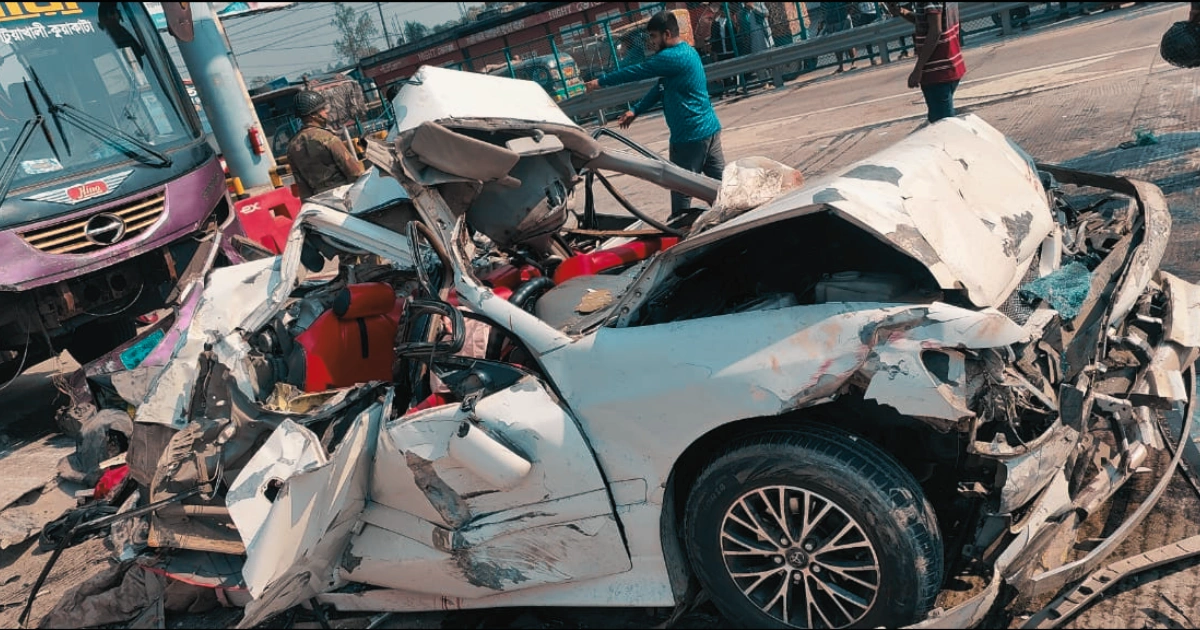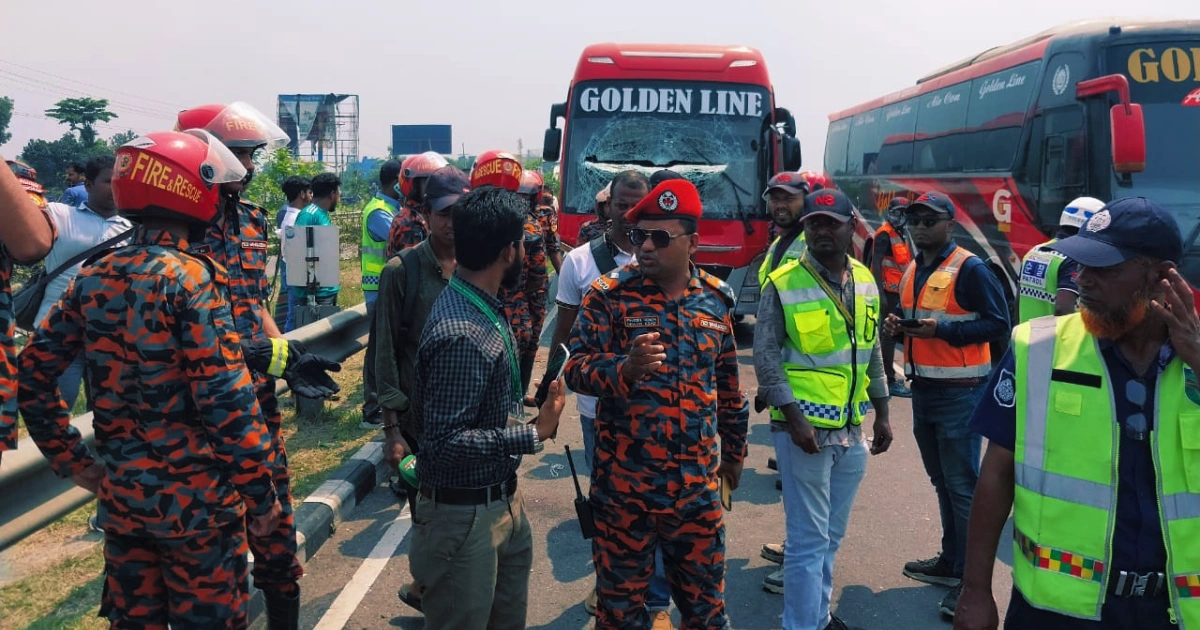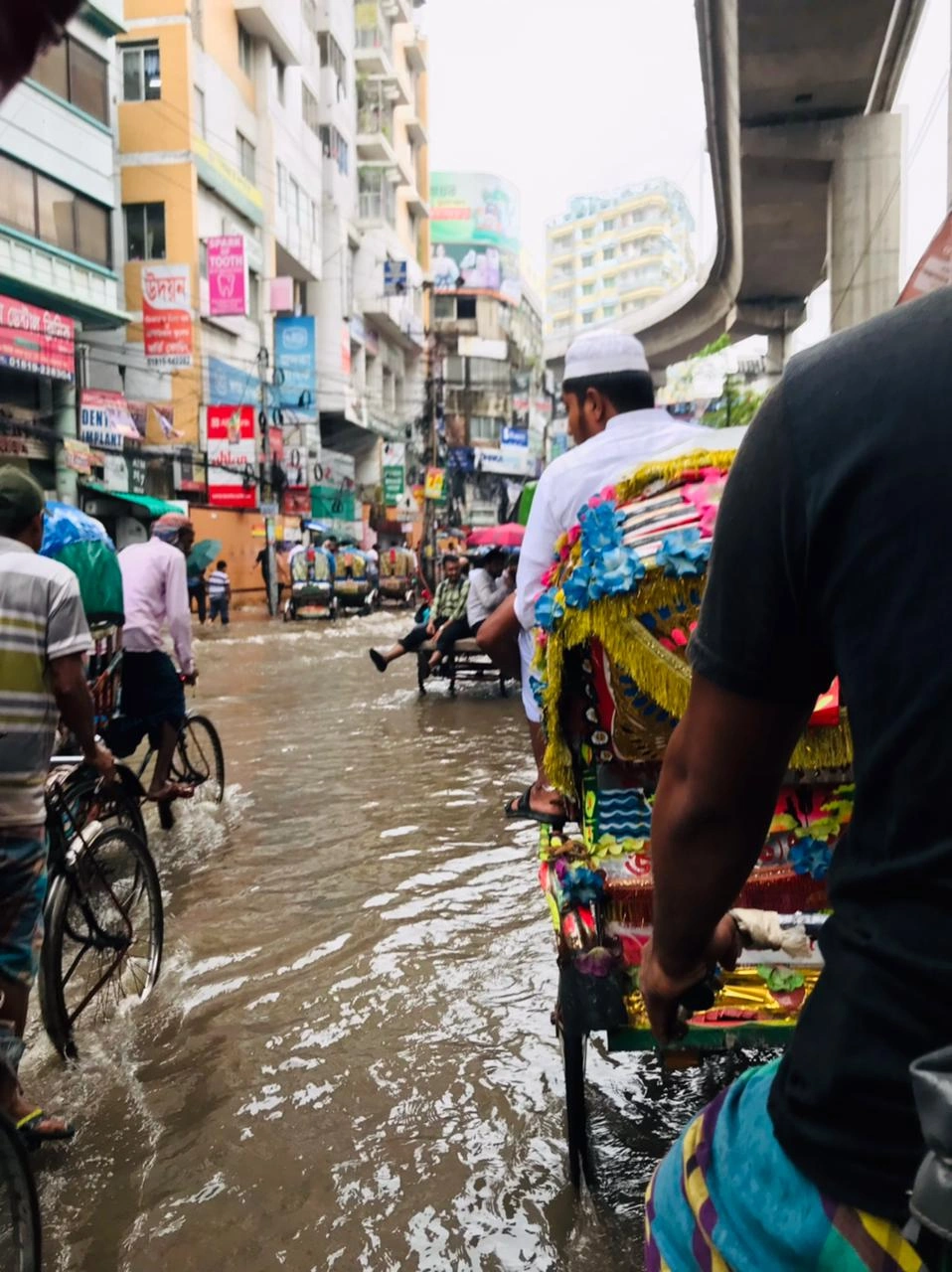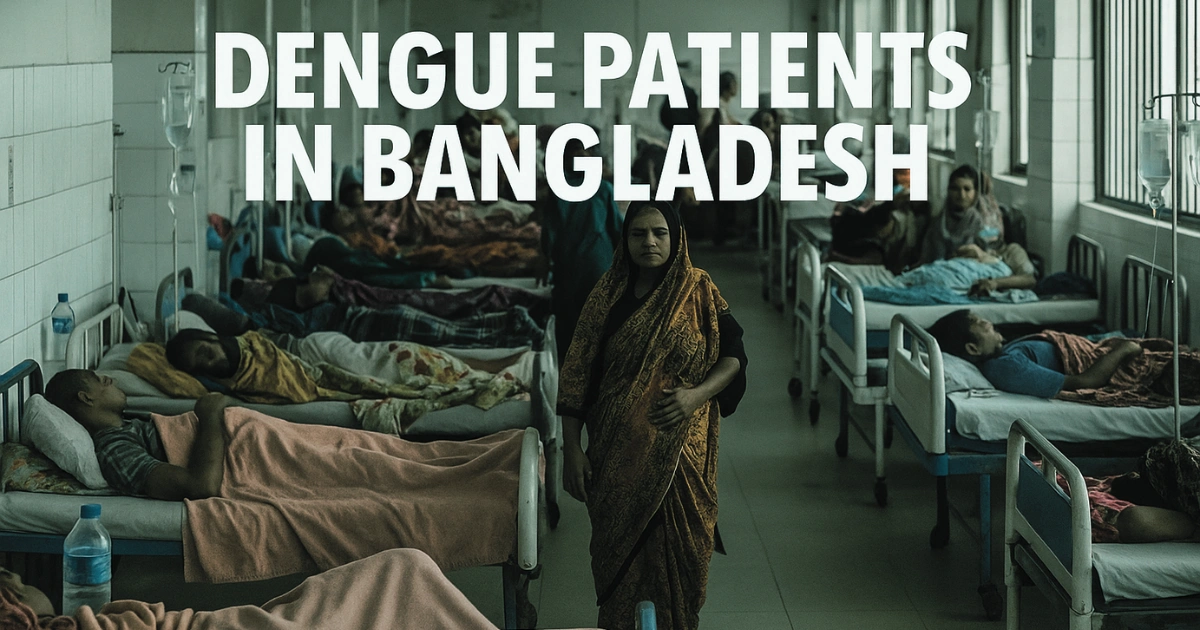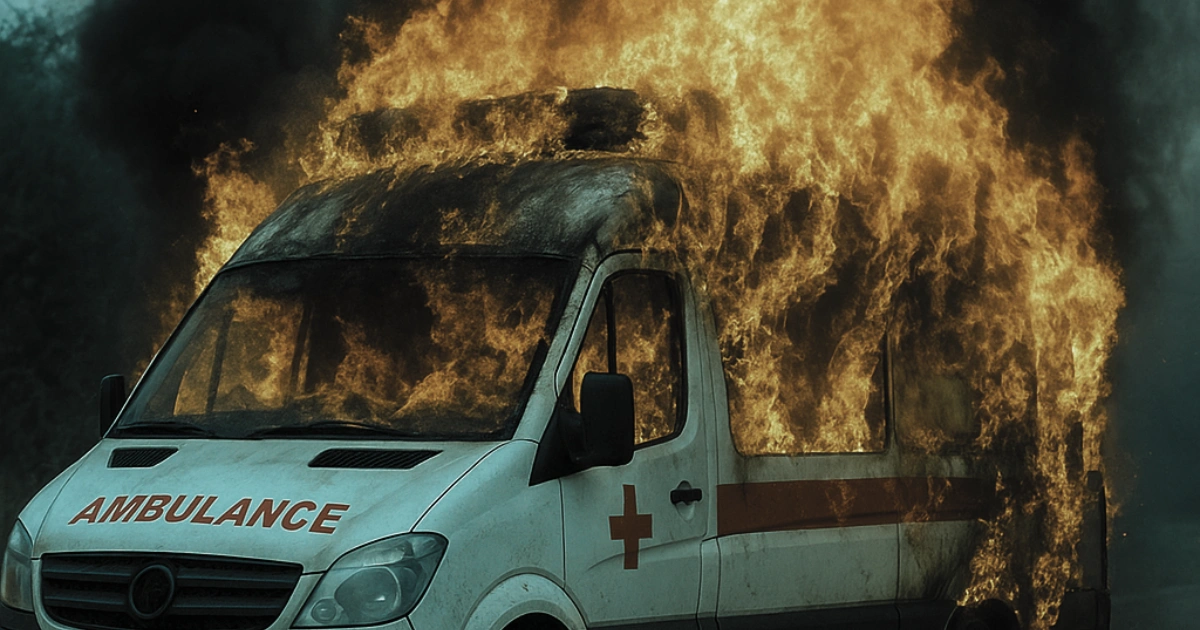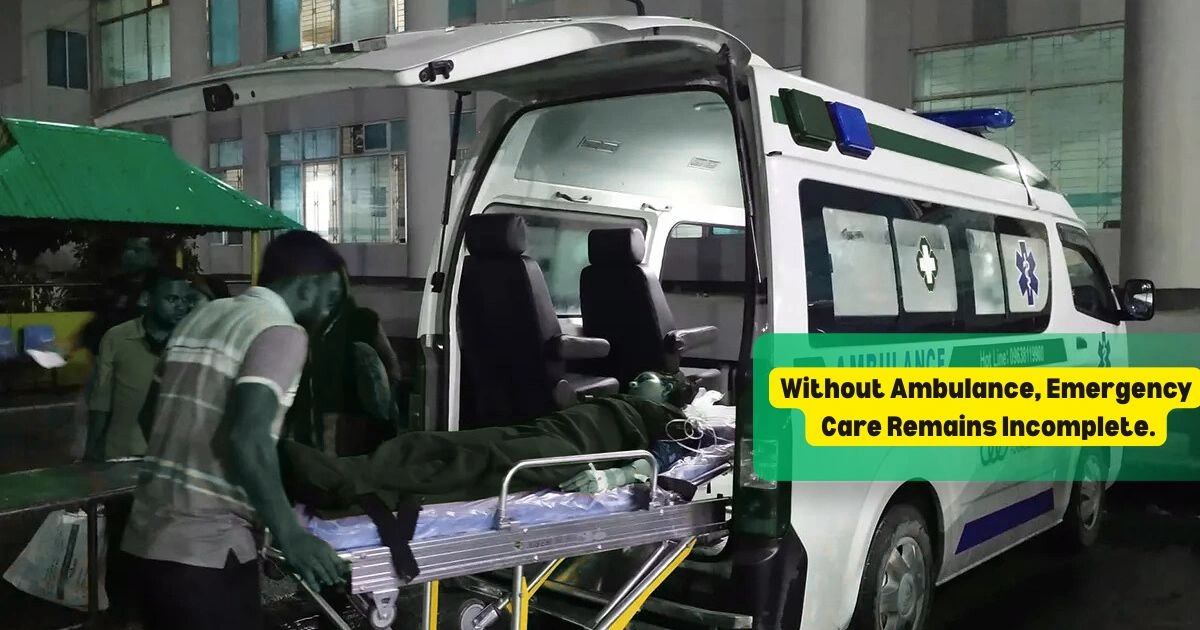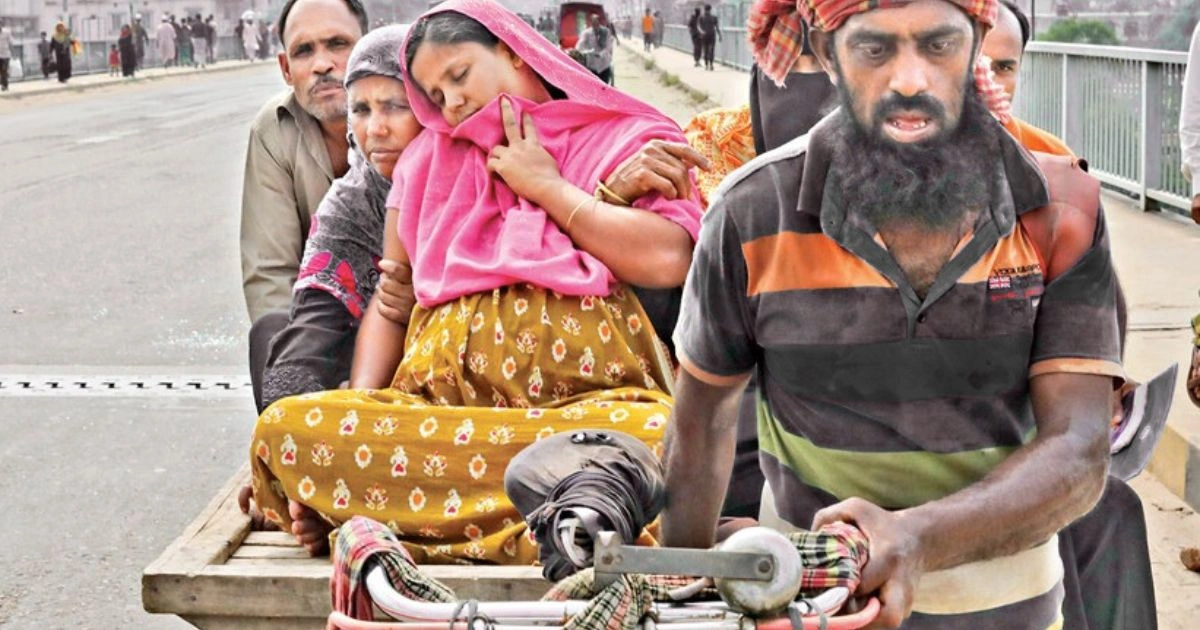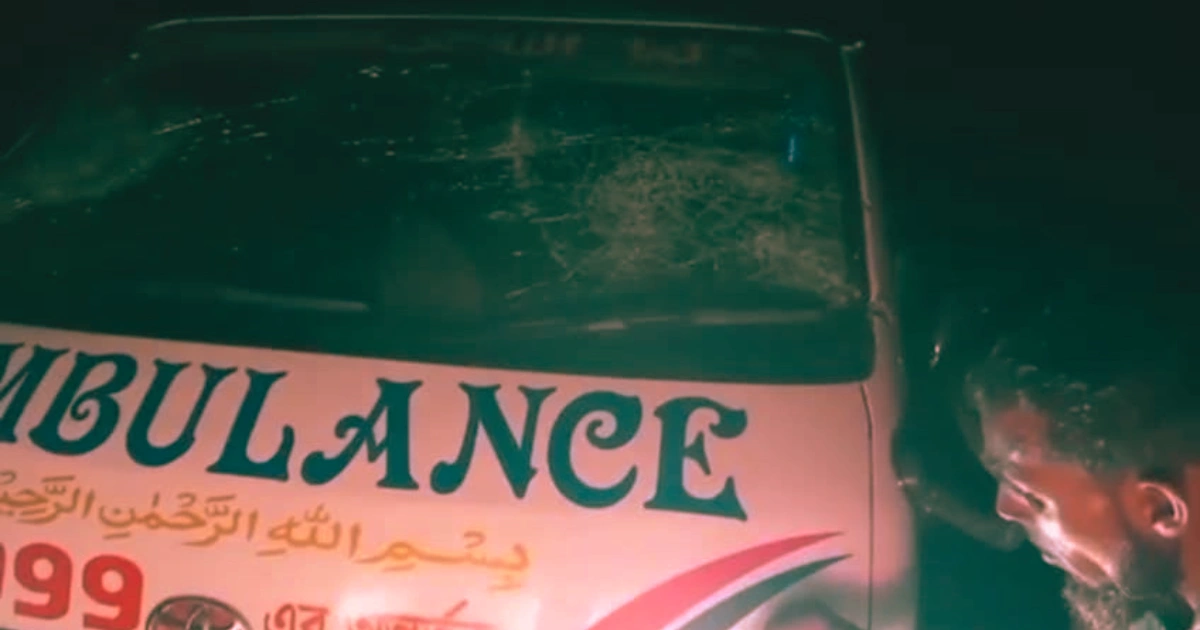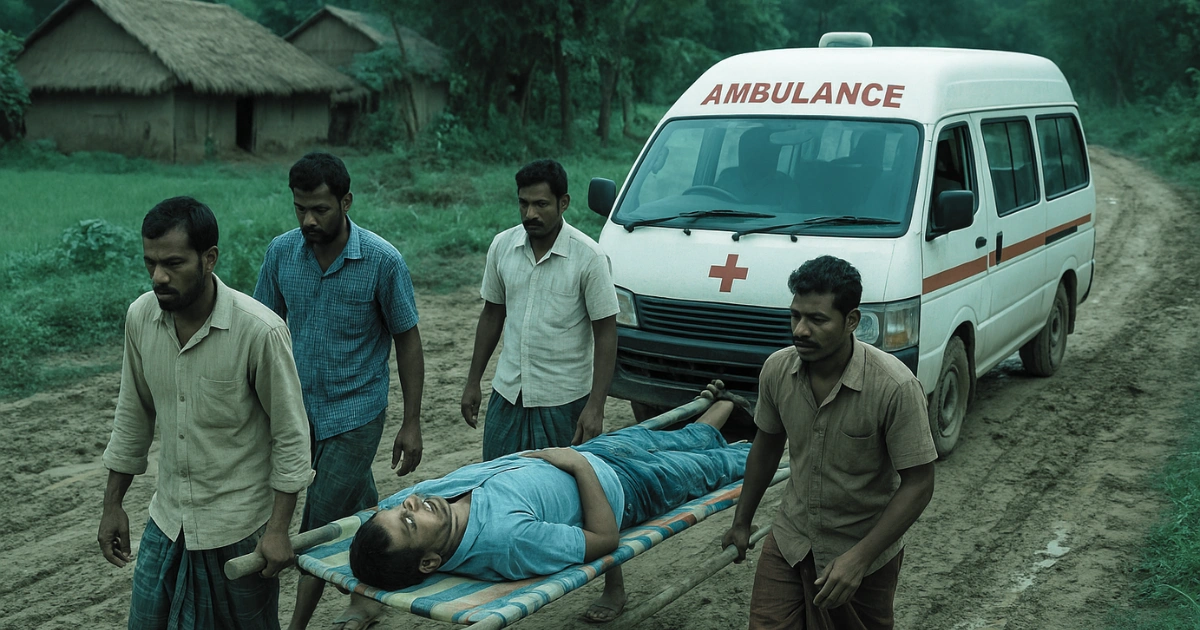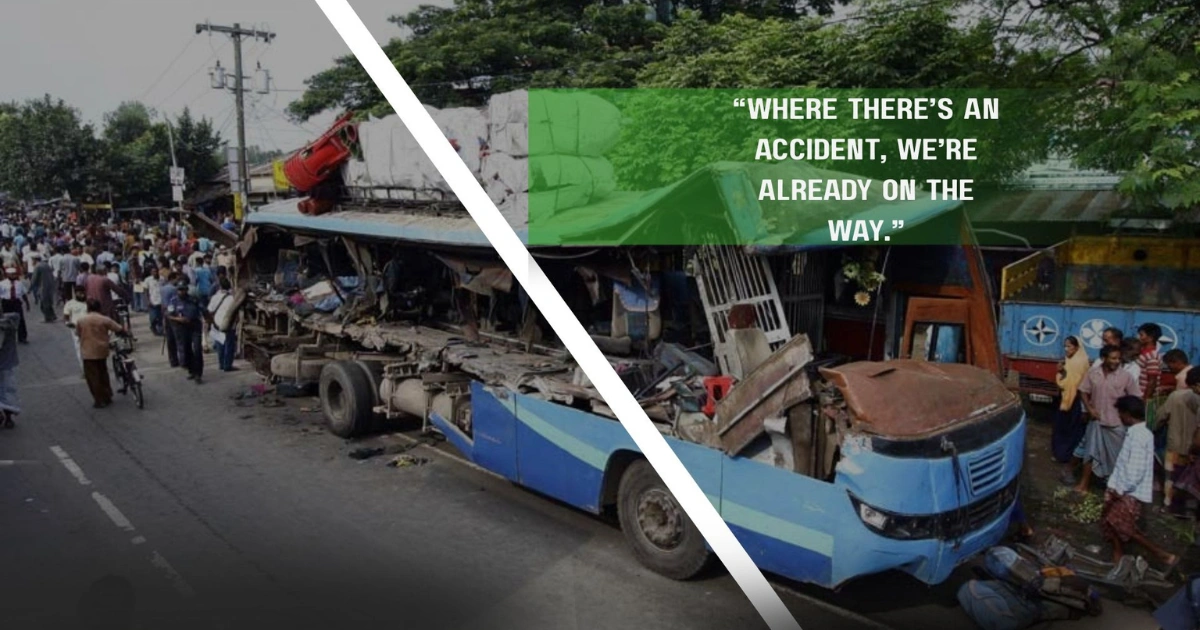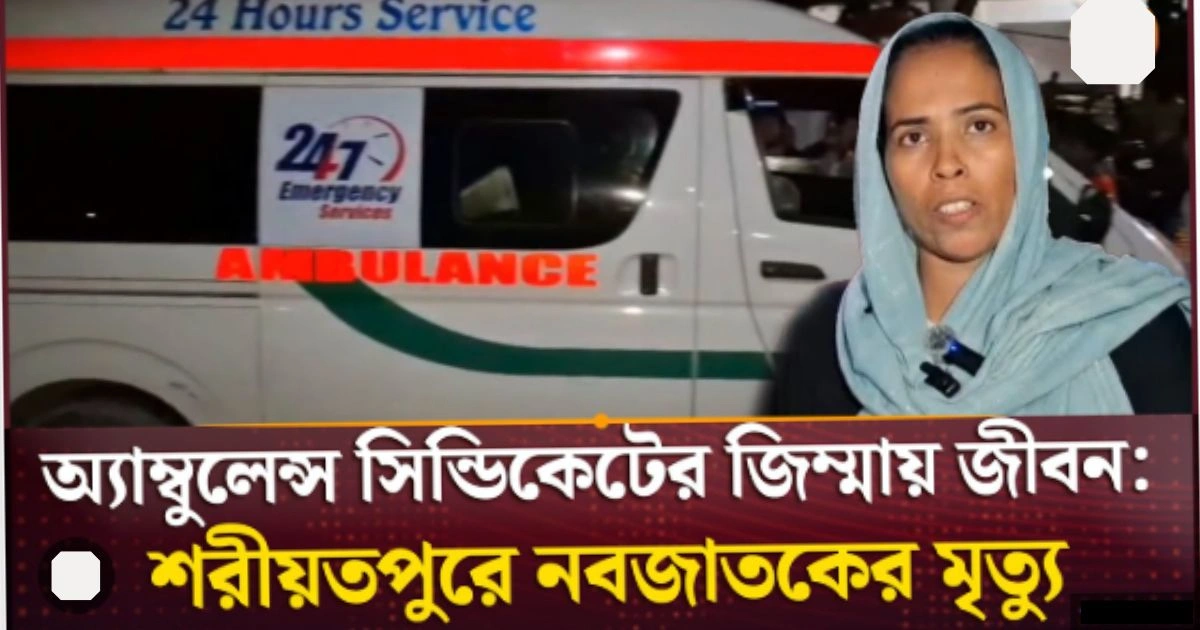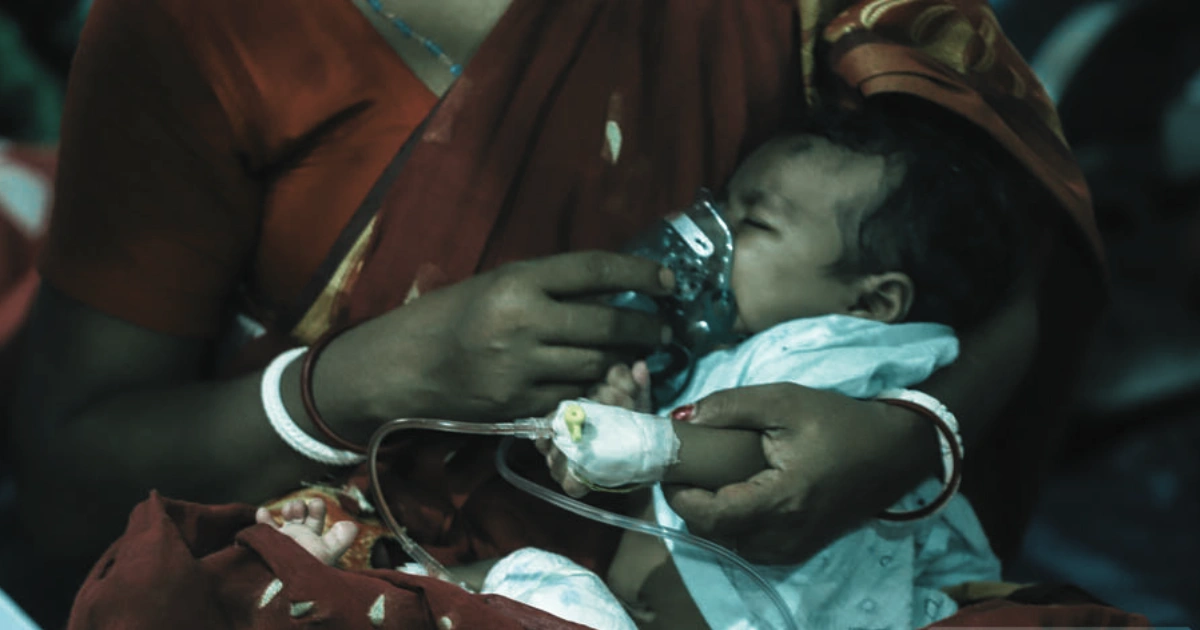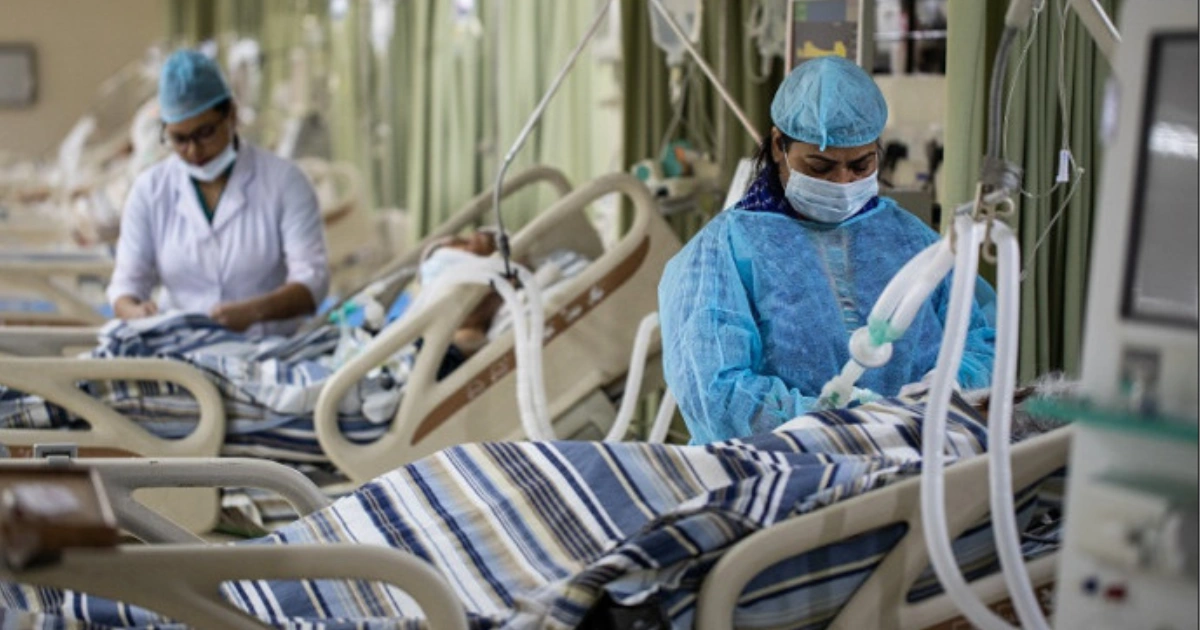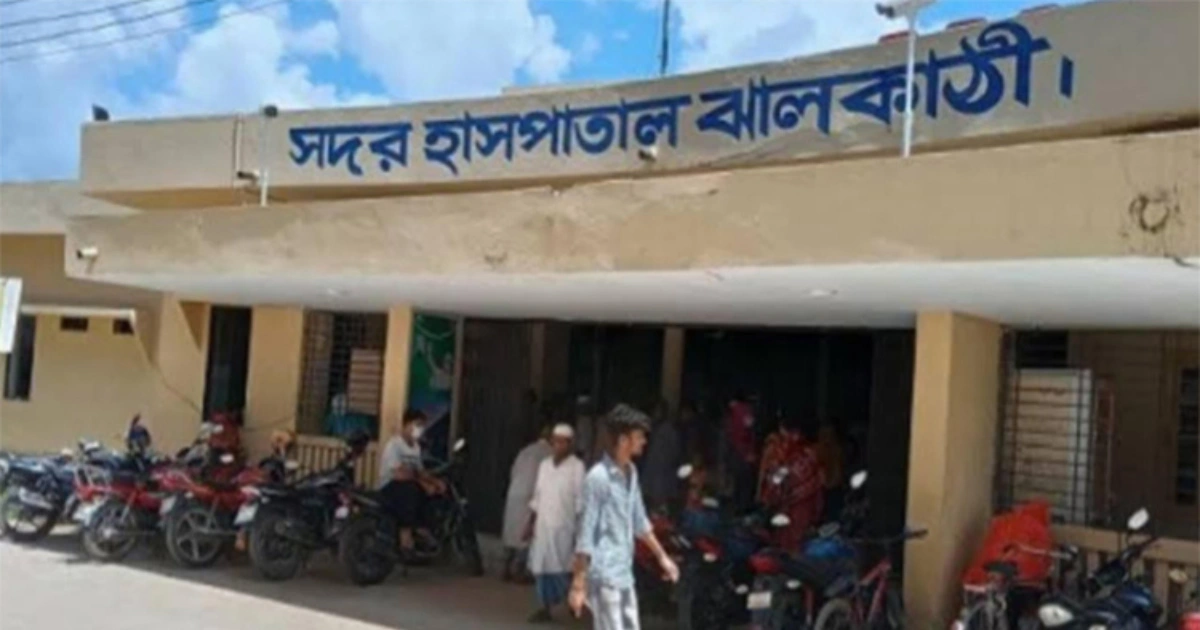Please fill out the form below and we will get back to you as soon as possible.
Patients ‘held hostage’ by ‘ambulance syndicate’ around hospitals
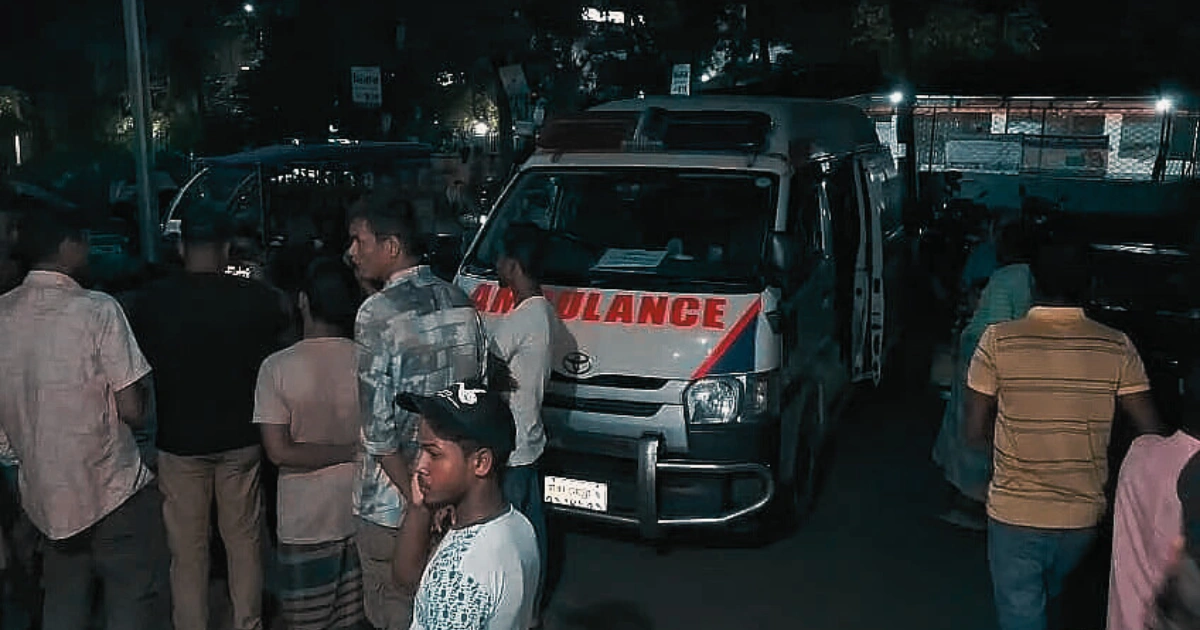
The scenario came up visiting five public medical colleges at five divisional cities of the country – Rajshahi, Khulna, Barishal, Sylhet and Mymensingh.
There are shortages of government ambulances in these facilities. So, people have to depend on private ambulance services. Many have complained about the domination of the syndicate which developed centering the private ambulance services at every hospital. Although the syndicate operates openly in front of the administration, no action is taken, people coming for treatment at different hospitals claim.
Last Thursday night, syndicate-affiliated ambulance drivers obstructed the transfer of a patient from Shariatpur Sadar Hospital to Dhaka after the family rented an ambulance from outside. While being kept waiting for a long time inside the ambulance, a newborn suffering from breathing difficulties and other health complications died.
Similar allegations of cruelty by hospital-based ambulance syndicates have surfaced in the past. The issue has come to the fore again following the newborn’s death. In connection with the widely discussed incident, the prime accused, Sabuj Dewan, was arrested last Saturday in a case filed by the infant’s father.
There is no regulation regarding operating ambulance services in the country. However, the work on drafting a policy has begun but is yet to be completed, a director at the Directorate General of Health Services (DGHS) said
Speaking to Prothom Alo on Monday on the condition of anonymity, he said that ambulances operating on the roads or outside hospitals are authorised by the Bangladesh Road Transport Authority (BRTA). In such cases, the DGHS has no regulatory control.Although Rajshahi Medical College Hospital authorities have set fares for private ambulances, drivers do not follow them. A signboard at the hospital shows that the fare is set at Tk 35 per kilometre for the first 100 km and Tk 30 for distances beyond that. For AC ambulances, the rate is Tk 40 per kilometre.
Prothom Alo published a report on charging whimsically for ambulance services during the coronavirus pandemic on 23 April 2021. The report stated that hospital staff and influential figures form a ‘syndicate’ to charge higher fares.
When asked whether the BRTA would take any initiative to regulate ambulance fares, the authority’s director, Lokman Hossain Molla, told Prothom Alo at the time that the senior authorities would take action on the matter very soon.
Arbitrary fare
Zaman Mia was looking for an ambulance to take a relative from Mymensingh Medical College Hospital to Purora in Sreebardi, Sherpur on Sunday at 10:00 am. Outside the emergency department, a line of ambulances awaited. Some demanded Tk 3,000, others Tk 4,000, another Tk 4,500, while an AC vehicle asked for Tk 5,000.
Zaman said, “We have no choice other than taking one with the amount they’re charging. If fares were fixed, no one could demand whatever they like.”
Standing in front of Khulna Medical College Hospital, the first thing that catches the eye is row of private ambulances. On Sunday morning, drivers were seen handing visiting cards to relatives of patients looking for an ambulance. Although the distance was the same, each driver demanded a different fare.
While speaking as a patient’s relative, a driver named Hafizur Rahman, handing over a card, said that government ambulances do not go to Dhaka. He offered two options: he would take the patient all the way to Dhaka for Tk 8,000, or, if preferred, he could charge Tk 6,000 and drop the patient at Khulna Zero Point, from where the patient would be transferred to an empty ambulance heading to Dhaka.
Everyone knows there’s an ambulance syndicate. Its roots run deep. We’ve fined them countless times, but it hasn’t helped. Even the ambulances they keep inside the hospital are completely illegal.Shankar K Biswas, in-charge and spokesperson of Rajshahi Medical College Hospital’s emergency department
There, two more drivers demanded Tk 9,000 and Tk 8,500 respectively to go to Dhaka. They also tried to suggest that taking a government ambulance would involve “various problems.” On top of that, additional charges such as oxygen fees and other miscellaneous fees are added.
Inquiries revealed that at Sher-e-Bangla Medical College Hospital in Barishal and Osmani Medical College Hospital in Sylhet, fares for transporting patients by private ambulances are also not fixed. As a result, drivers charge whatever they wish.
Last Sunday, in front of Sher-e-Bangla Medical College Hospital, private ambulance driver Ali Hossain said, “When demand for ambulances is low, we transport patients to Dhaka for Tk 5000-6000. But when there’s a real crisis, we charge Tk 10,000 to 12,000, that’s true.”
Although Rajshahi Medical College Hospital authorities have set fares for private ambulances, drivers do not follow them. A signboard at the hospital shows that the fare is set at Tk 35 per kilometre for the first 100 km and Tk 30 for distances beyond that. For AC ambulances, the rate is Tk 40 per kilometre.
According to Google Maps, the distance from Rajshahi to Dhaka Medical College Hospital is 257 kilometres. As such, the fare should be between Tk 7,000-8,000.
Inside the hospital premises, a driver named Jahangir Alam said, “We charge Tk 12,000 -15,000 to transport patients to Dhaka. It’s impossible to operate at the government rate because we have to return empty.”
Speaking regarding this, Shankar K Biswas, in-charge and spokesperson of Rajshahi Medical College Hospital’s emergency department, said, “Everyone knows there’s an ambulance syndicate. Its roots run deep. We’ve fined them countless times, but it hasn’t helped. Even the ambulances they keep inside the hospital are completely illegal.”
Obstructing hiring ambulances from outside
Ambulance driver Al Amin brought a patient from Nakla in Sherpur to Mymensingh Medical College Hospital around 10:15 am on Sunday. But on his return journey he was unable to take any patient from the hospital.
“Patients cannot be taken from here unless it is through the local syndicate. If we try, half of the fare must be handed over to this syndicate,” he said.
Around 150 private ambulances operate centering Mymensingh Medical College Hospital. One of their drivers, Shafiqul Islam, confirmed the practice.
He said, “Say I take a patient to Jamalpur. On my return, if I want to bring another patient, I have to give half of the fare agreed with that patient to the syndicate there. That’s why we don’t allow outside ambulances to take patients from here either.”
Similar practices were observed at Rajshahi Medical College Hospital. Around noon on Sunday, Abdus Samad, who had travelled from Ishwardi in Pabna, was searching for an ambulance to take a relative’s body home. Suddenly he saw the body being loaded into an ambulance without his knowledge.
When demand for ambulances is low, we transport patients to Dhaka for Tk 5000-6000. But when there’s a real crisis, we charge Tk 10,000 to 12,000, that’s true.Ali Hossain, Driver of a private ambulance
“I hadn’t hired any ambulance. Why are you taking the body?” he asked.
The driver and his associates replied that they would transport the body themselves. When Samad asked the fare, the driver demanded Tk 8,000. Samad argued that the journey should cost no more than Tk 4,000 and said he would take another vehicle. But the driver was adamant. He said, “The body has to go in this ambulance. No other vehicle here will carry it.”
Helpless, Samad was forced to give in. “What else could I do? You can’t wait with a dead body.”
Similar situations were found at other hospitals.
President of the ambulance stand at MAG Osmani Medical College Hospital in Sylhet, Ruman Ahmed, defended the system, saying that barring outside ambulances was necessary for the safety of patients and relatives.
He added that permission from the local stand was required to transport patients from any hospital in the country.
Government ambulances are available at a fixed rate of Tk 10 per kilometre for long-distance trips, and Tk 300–1,200 for trips within the district. But shortages and mismanagement are widespread. In many cases, there are vehicles but no drivers. Besides this, in many instances, long waits and demands for extra fares are common.
Sylhet MAG Osmani Medical College Hospital has five government ambulances, of which four are operational, with five drivers. But these drivers also have to operate other hospital vehicles, creating a shortage.
As a result, the hospital authorities have stopped transporting patients outside Sylhet division. A notice board in front of the drivers’ office reads, “Ambulances are not provided outside Sylhet division.”
Hospital’s deputy director (additional charge) Md Mahbub Alam said considering the health condition of the patient, in some cases government ambulances are arranged to carry patients at government hospitals in Dhaka.
Mymensingh Medical College Hospital has six government ambulances, with one out of service. Of the remaining five, only two are used for patient transport; the others are used to ferry physicians.
“Sometimes at midnight we urgently need a senior physician. An ambulance is sent to bring them,” said Tanvir Hossain, in charge of the drivers.
Sher-e-Bangla Medical College Hospital in Barishal has seven ambulances but only three drivers. On Sunday afternoon, just one government ambulance was seen parked near the emergency department; the rest were private. “We are struggling due to a driver shortage,” said the hospital’s deputy director SM Moniruzzaman.
Rajshahi Medical College Hospital has six government ambulances; Khulna Medical College Hospital has four functional ambulances. Authorities admit these numbers are inadequate for patient demand.
‘No business holding people hostage’
There are allegations that these hospital-centred ambulance syndicates were operated under the protection of ruling party leaders during the previous government’s tenure. Visiting five major hospitals, it was found that many of the syndicate leaders are now hiding. In some places, there are drivers’ associations; in others, they do not.
Hospital sources said that allegations have it that many employees are also involved in the syndicates, receiving commissions from drivers in exchange for directing patients to them.
Speaking about this, a Barishal ambulance owner, wishing not to be named said, “Hospital staff help arrange patients. Naturally, we have to keep them happy.”
Rafiqul Alam, general secretary of Shushasoner Jonno Nagorik (SHUJAN) at Barishal city, said, “Running a business by holding people’s lives hostage is illegal. Such inhuman and unlawful business has almost gained legitimacy because of political patronage, poor governance, and the failure to enforce the law. It is high time for decisive action against it.”
Source: https://en.prothomalo.com/bangladesh/4l3eiqusze
Reviews
No Data Found!
Recent Blog
অ্যাম্বুলেন্স ছাড়া জরুরি স্বাস্থ্যসেবা অসম্পূর্ণ
21 Sep, 2025
Ambulance syndicates are holding patients hostage
20 Sep, 2025
“নিউমোনিয়া মহামারি: কত শিশু হারাবে জীবন?”
20 Sep, 2025


